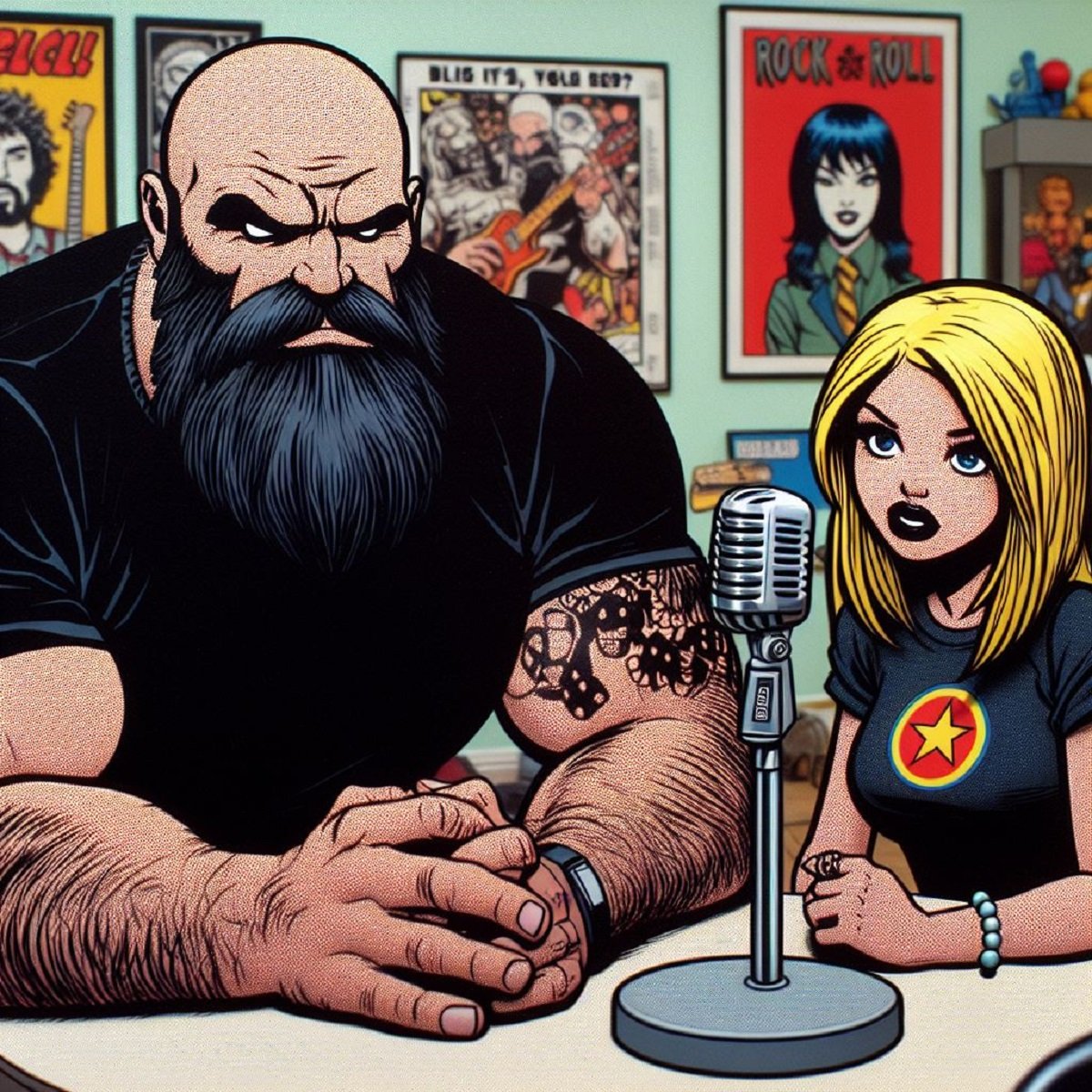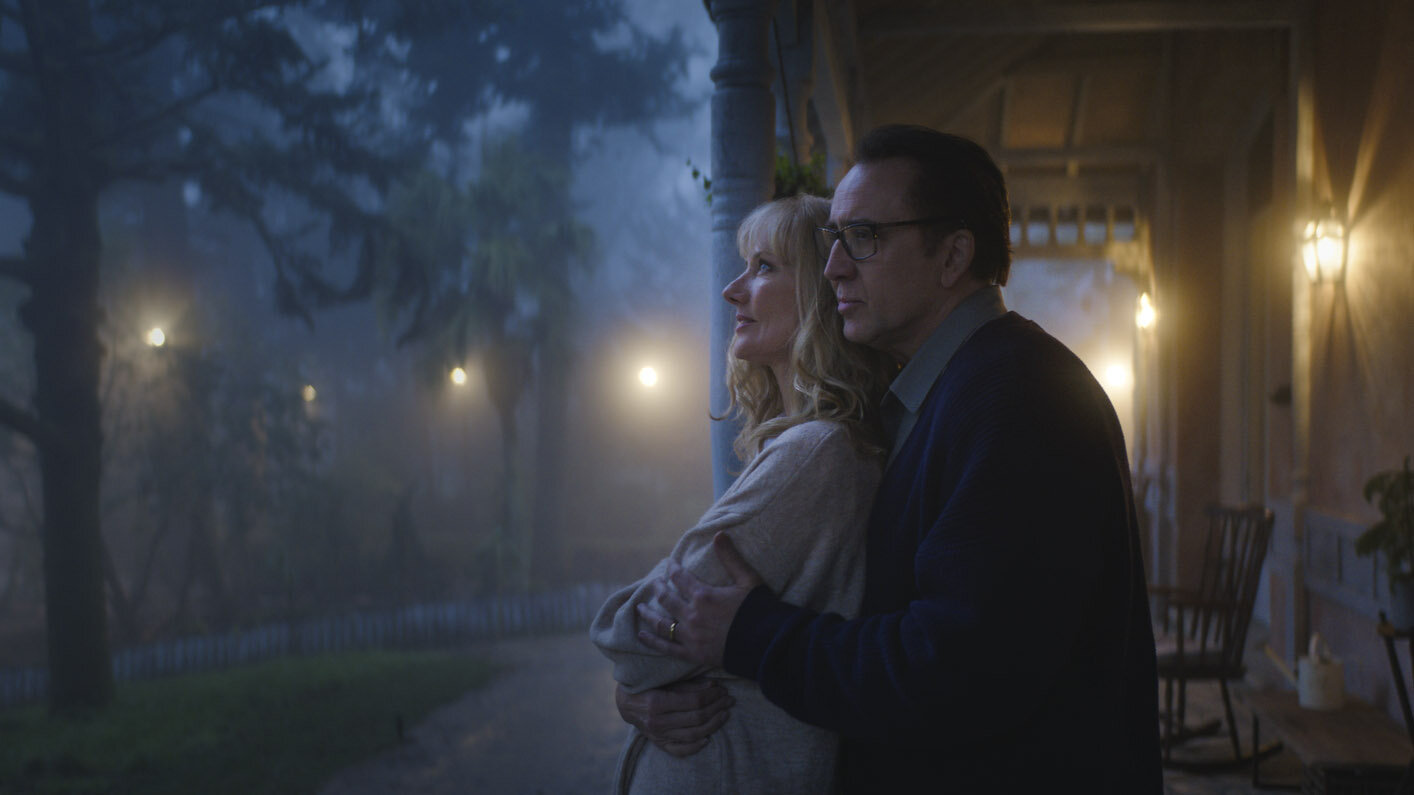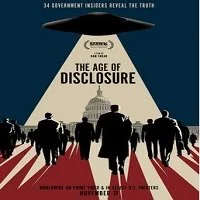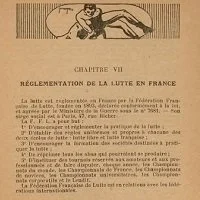Color Our of Space Film Review
By: Joseph Perry
Adapting H.P. Lovecraft’s macabre literary works to film is no easy feat, with successes such as Stuart Gordon’s 1985 horror comedy classic Re-Animator and his 1986 From Beyond, and Daniel Haller’s 1970 The Dunwich Horror leading the pack. Director Richard Stanley, who was infamously fired from his H.G. Wells adaptation The Island of Dr. Moreau in 1996, returns for his first narrative feature film since then with Color Out of Space, an updated tackling of Lovecraft’s 1927 short story “The Colour Out of Space.” With Stanley’s unique science fiction and horror film vision (Hardware, 1990; Dust Devil, 1992) and Nicolas Cage starring, the film has been highly anticipated — and it has been worth the wait.
Cage toplines as Nathan Gardner, a seemingly easygoing husband with a wife (Joely Richardson as Teresa) who has been suffering through cancer treatments, a stoner oldest son (Brendan Meyer as Benny), a teenaged daughter who practices Wiccan and other rites (Madeleine Arthur as Lavinia), and a preteen son (Julian Hilliard as Jack). The Gardeners left their previous city life for a quieter, slower-paced life in the countryside, raising alpacas and growing fruits and vegetables. After hydrologist Ward Philips (Elliot Knight) comes calling to check on the quality of the local water supply, a meteor spectacularly lands smack dab in front of the Gardner house, in close proximity to the family’s well.
Things start changing slowly around the family property, shown first as a purplish, mutated bug goes buzzing about the property. Animal and human behaviors alter, building from subtle moments such as the otherworldly color glinting in ice cubes, and ratcheting up to an absolutely bonkers third act that marries the Lovecraft source material and the Stanley directorial vision into a psychedelic, candy-colored vision of madness.
Cage gives a terrific performance here, a fine follow-up to his turn in 2018’s incredible Mandy, which, like Color Out of Space, was from Elijah Wood’s SpectreVision production team. It’s a fun arc to watch his father figure go from laid back to confused and frustrated to full-on insane, hurling insults at his family in an odd accent somewhere between valley speak and vaguely Canadian-ish.
Speaking of fun, that is a word that sums up Color Out of Space well. It’s a colorful slice of cinematic craziness, with gorgeous visuals and a dazzling blend of superb practical effects — some of the best since the 1980s heyday of practical monster movie effects, such as John Carpenter’s The Thing (1982) and David Cronenberg’s The Fly (1986) — and modern GCI effects. The sound effects that accompany a couple of the goopy, gooey practical effects scenes help add to the already disturbing elements on visual display. The film is also peppered with Lovecraft Easter eggs, some subtle and some quite the opposite, and a nice little nod to the movie Die, Monster, Die!, Haller’s 1965 adaptation of the same short story.
With Cage leading the way, the rest of the cast is solid, too. Standouts include Arthur, who gives a fine performance as the daughter who tries using both arcane rituals and common sense to escape the deadly terrors unleashed on her family, and Richardson, who invests her character with both vulnerability and strength. Tommy Chong also has an amusing role as Ezra, who squats on the farm.
Some Lovecraft purists may find fault with a bit of the license taken in Color Out of Space, but overall Stanley and his screenplay cowriter Scarlett Amaris do a stirring job of updating the short story to the modern day and heightening the pace and horrors, crafting a thrilling cinematic experience.
Color Out of Space, from RLJE Films, will be released only in theaters on January 24, 2020.
Joseph Perry is one of the hosts of When It Was Cool’s exclusive Uphill Both Ways podcast (whenitwascool.com/up-hill-both-ways-podcast/) and Gruesome Magazine’s Decades of Horror: The Classic Era podcast (decadesofhorror.com/category/classicera/). He also writes for the film websites Diabolique Magazine (diaboliquemagazine.com), Gruesome Magazine (gruesomemagazine.com), The Scariest Things (scariesthings.com), Ghastly Grinning (ghastlygrinning.com), and Horror Fuel (horrorfuel.com), and film magazines Phantom of the Movies’ VideoScope (videoscopemag.com) and Drive-In Asylum (etsy.com/shop/GroovyDoom).
If you found this article interesting consider becoming a Patreon supporter. That is how When It Was Cool keeps our website and podcasts online, plus you get lots of bonus content including extra and extended podcasts, articles, digital comics, ebooks, and much more. Check out our Patreon Page to see what's up!
If you don't want to use Patreon but still want to support When It Was Cool then how about a one time $5 PayPal donation? Thank you!



























